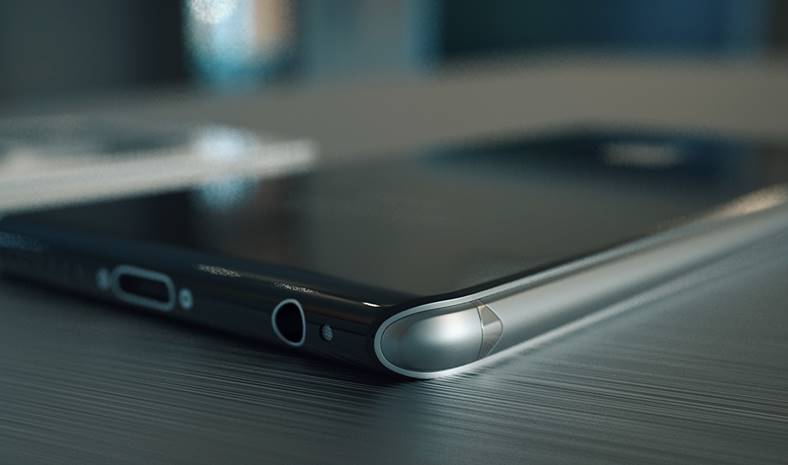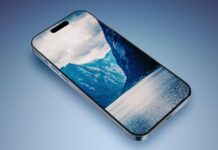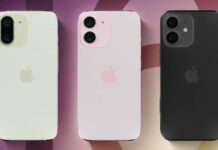iPhone 8 it will have a revolutionary new front camera that recognizes the face of the user using the smartphone, but will also scan the iris, if Apple activates the function. We are talking about an extremely interesting front camera designed by the Apple company for the iPhone 8, using a proprietary technology developed by the Americans.
According to some people close to the development process of the iPhone 8 camera, the project itself would have started at least 1 year ago, and now it is almost ready to be officially revealed. This 3D camera for iPhone 8 is made up of 3 separate modules, which also include infrared sensors, to offer unprecedented functionality in an Apple product.
Forced to give up, most likely, Touch ID after removing the Home button from the iPhone 8, the Apple company created this 3D camera to offer us new biometric authentication methods. Moreover, for augmented reality, the iPhone 8 camera will allow us to scan the interior of the rooms and create virtual 3D maps, or see 3D images projected over the locations where we are.
iPhone 8 - how long did it take to develop the 3D camera?
To develop such a complex front camera for the iPhone 8, Apple worked closely with some of its partners, who provided components for testing. In this idea, during the testing period of over 1 year for the iPhone 8 camera, Apple would have succeeded in creating technologies that allow not only facial recognition, but also camera scanning.
"After 1-2 years spent on related-component R&D, OLED iPhone to feature proprietary 3D camera system; three modules of 3D camera system to be precisely calibrated via active alignment. In keeping with Apple's stringent quality standards, we believe: (1) related optical components, including VCSEL, DOE, wafer-level lens and filter for IR transmitting module, and CIS, filter and lens of IR receiver module have all been custom-designed in collaboration with suppliers; and (2) calibration of front camera, IR transmitting and IR receiving modules via active alignment is required in order to allow the 3D camera system to operate precisely."
If Apple manages to offer such a revolutionary camera in the iPhone 8, along with custom software, then it could have a huge advantage over competitors like Samsung. Of course, everything depends on the ability of its engineers to complete the iPhone 8 project, but in the fall we will find out if the Americans' plans were successful or not.

















